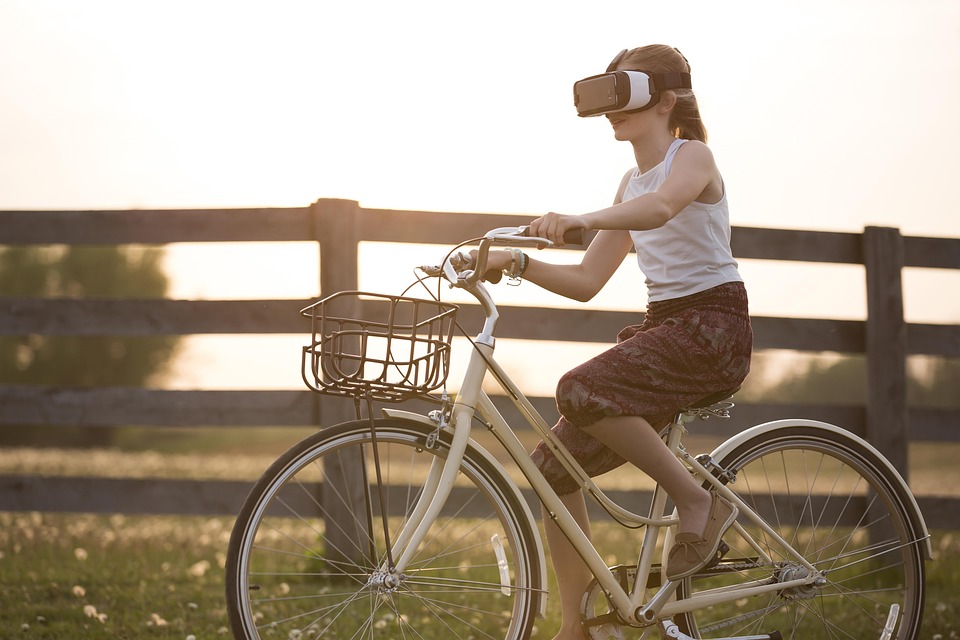As technology continues to evolve at an unprecedented pace, virtual reality (VR) has emerged as a transformative force in many sectors, none more so than travel and tourism. By simulating immersive environments, VR offers travelers unique experiences that can enhance their journey, inform their choices, and even reshape the landscape of the tourism industry itself. This article delves into the multifaceted impact of VR on travel and tourism, highlighting its benefits, challenges, and future potential.
The Immersive Experience
One of the most significant advantages of VR technology is its ability to create immersive experiences. Imagine stepping into a VR headset and being transported to the bustling streets of Tokyo, the serene beaches of Bali, or the majestic landscapes of the Swiss Alps—all from the comfort of your living room. VR allows users to explore these destinations in a lifelike manner, experiencing cultural nuances and local attractions without the constraints of time or distance.
Travelers can experience guided tours, savor local cuisine, or participate in traditional events, all in a virtual setting. This immersion not only serves as entertainment but also aids in decision-making. Prospective travelers can explore multiple destinations before making a commitment, significantly enhancing their travel planning process.
Enhancing Accessibility
VR can democratize travel, making it accessible to individuals who may not have the means to travel physically. Those with disabilities, financial constraints, or other limitations can virtually visit locations they’ve always dreamed of experiencing. For example, VR experiences tailored for individuals with mobility challenges can allow them to “walk” through historic sites and landmarks without barriers. Thus, VR technology serves to broaden the horizon of travel possibilities for diverse populations.
Business Applications
For the travel and tourism sector, VR presents innumerable opportunities for businesses. Hotels, airlines, and tourist attractions are increasingly adopting VR technology in their marketing strategies. Virtual tours can showcase properties and services, enticing potential customers to book their travels. A hotel that offers a VR tour can showcase its amenities and give a taste of the experience it provides, influencing consumer choices significantly.
Similarly, airlines can use VR as a tool to allow prospective passengers to explore cabin features or access exclusive services before booking. As the competition in the travel industry intensifies, the use of VR can help brands stand out, attracting and engaging customers in innovative ways.
Educational and Cultural Exchange
Another important impact of VR in travel and tourism is the potential for enhanced educational experiences. Educational institutions can utilize VR to create study-abroad experiences in a controlled environment. For example, students learning about ancient civilizations can virtually explore archaeological sites, gaining insights that enhance traditional learning methods.
In addition, cultural exchange opportunities can be expanded. Travelers can participate in VR experiences that involve interactions with locals, promoting cross-cultural understanding and appreciation. This not only enriches the travel experience but also fosters global awareness and sensitivity.
Challenges and Limitations
Despite its many advantages, the integration of VR in travel and tourism does come with challenges. For starters, there is the matter of accessibility; while many VR experiences are becoming more affordable, not everyone can invest in the necessary hardware. Moreover, the quality of VR experiences varies, and subpar applications can lead to disillusionment and skepticism among potential users.
Additionally, there are concerns about the potential for VR to replace physical travel altogether. While it offers a valuable supplement, the essence of travel lies in physical experiences, from tasting local foods to meeting new people. VR should enhance, rather than replace, the authentic travel experience.
The Future of Travel with VR
Looking ahead, the future of travel and tourism with VR appears promising. As technology advances, we can expect increasingly sophisticated simulations that blend augmented reality (AR) with virtual experiences, creating even more dynamic and interactive environments. From training programs for travel agents to innovative marketing materials, the potential applications are vast.
Moreover, the concept of "virtual tourism" may gain traction, allowing users to travel to destinations before they actually book a trip, providing a taste of authenticity that can influence their travel choices.
Conclusion
While virtual reality is not without its challenges, its impact on travel and tourism is undeniably transformative. By enhancing accessibility, enriching educational experiences, and providing new marketing avenues for businesses, VR is redefining how we explore and experience the world. As the technology continues to advance, its full potential in shaping the future of travel may still be on the horizon, inviting us all to explore new worlds in ways we were previously unable to imagine. In the end, VR might bridge the gap between the dream of travel and the reality of experiencing it—one immersive journey at a time.



